Uni To Uni Knot - Double Uni Knot
The uni to uni knot is also referred to as the double uni knot.
It's about the best fishing knot for connecting two lines together. It works very well with monofilament lines and braided lines, or a combination of the two, but best when the two lines are about the same diameter.
You can also use other types of knots to tie two lines together, such as the Blood Knot, however many people find that the uni to uni fishing knot is much easier to tie.
This is actually an easy knot to tie, it just looks harder than what it is, so don't let that and the pictures fool you... If you can tie a Uni Knot, then you shouldn't have much of a problem tying this one. This knot is basically just two uni knots.
When and why to use a double uni fishing knot?
The reasons for using a double uni fishing knot might be because you don't have a swivel but you want to tie on a leader, or you just don't want to use a swivel.
Swivels add a little extra weight to the line. If you're wanting to keep your presentation near the top of the water, then you can disregard using a swivel and use the double uni to tie the main line to the leader.
How To Tie A Uni To Uni Knot
Tip: If you are tying mono line to braided line, use a couple to a few more wraps for the braided line.
Instructions for Tying the Double Uni Fishing Knot:
Step 1. Lay out the two fishing line side by side. Be sure to set the tag ends far enough past each other to give your self enough room to tie the knots, about 12 inches should be enough.
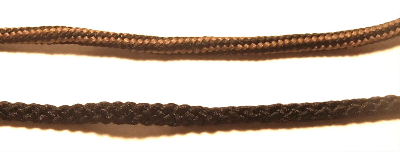
Step 2. Begin tying the first uni knot on either line. Be sure to begin the knot far enough past the tag end to give yourself enough room to tie the second knot.
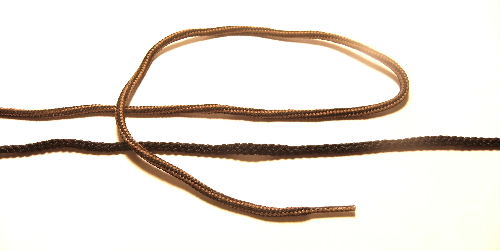
Step 3. Finish the wraps for the uni knot, but don't cinch it down tight just yet. Leave the knot loose enough so that you you'll be able to maneuver it after tying the second knot.
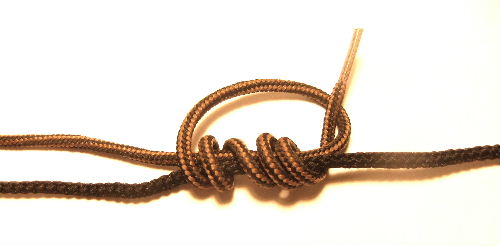
Step 4. Tie the second uni knot on the other side close to the first. Again, don't completely cinch it tight yet. Keep the knots loose enough for them to be able to move back and forth along the main lines.
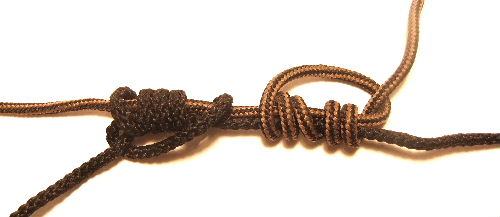
Step 5. Moisten the line at the knotted areas and begin to work the two uni knots closer together.

Step 6. Pull on the two main fishing lines away from each other. Pulling the main lines will allow the knots to slide together. Gently pull firmly on all ends of the lines until the knots are nice and snugged tight.
 The Uni To Uni Knot - a.k.a. Double Uni Fishing Knot
The Uni To Uni Knot - a.k.a. Double Uni Fishing KnotLastly, clip the tag ends. Now you're all set for some saltwater angling or freshwater fishing adventures.
Fishing Knot Guide Books, Instruction Videos, Kindle
Editions and Waterproof Knot Cards
If you're serious about fishing, it's a good idea to learn
about which knots are best to use and for what.
Books and videos are perfect just for that. It can also be just as
helpful to carry a set of waterproof knot tying instructions with yourself
out on the water.



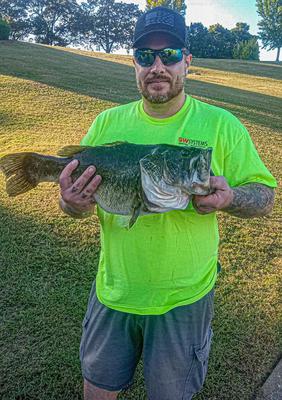
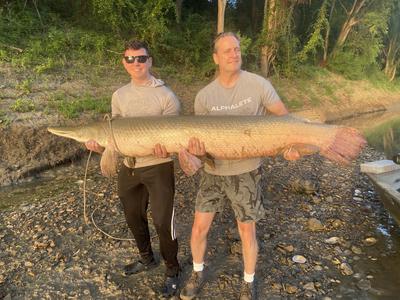
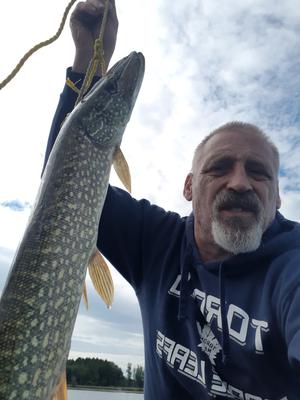
Facebook Comments
Leave a comment, question or tip in the box below.